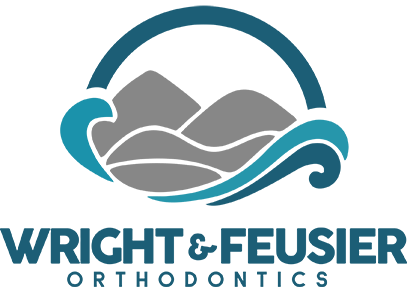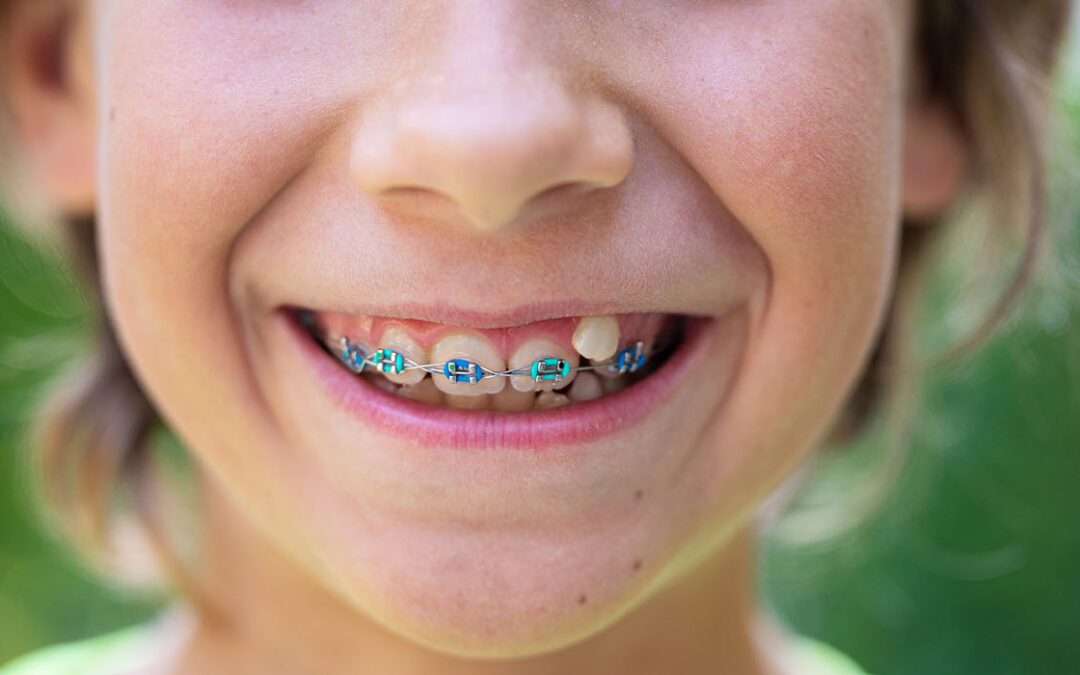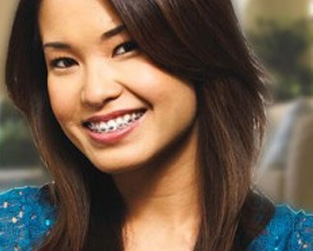Do you ever wonder if your child might need braces? Deciding whether to pursue orthodontic treatment for your child can be a difficult decision. In this article, we’ll explore what braces are, the reasons for needing them, and the signs that indicate your child may need braces. We’ll also discuss what to do if you suspect your child needs braces and the benefits of early intervention.
What are braces?
Braces are orthodontic devices that are used to correct dental issues such as misaligned teeth, malocclusion, and other bite problems. They work by applying gentle pressure to gradually move teeth into their proper positions over time. Braces come in various types, including traditional metal braces, ceramic braces, and clear aligners like Invisalign.
Reasons for needing braces
There are many reasons children may require braces. Some of the most common reasons to pursue orthodontic treatment include:
Malocclusion
Malocclusion, or a bad bite, occurs when the upper and lower teeth do not fit together properly when chewing or biting. This can lead to problems with chewing food, speaking, and maintaining oral hygiene.
Overcrowding
Overcrowding happens when there isn’t enough space in either the upper or lower jaw for all of the teeth to fit while straight. Since straight teeth take up more space than teeth that are not straight, this can cause teeth to overlap, twist, or become crooked.
Overbite
An overbite is when the upper front teeth bite too deeply over the lower front teeth. This can cause the lower teeth to wear down more quickly than they should and in some cases, may lead to jaw pain.
Underbite
An underbite is when the lower front teeth extend beyond the upper front teeth. This can lead to uneven tooth wear and difficulty chewing.
Signs your child may need braces
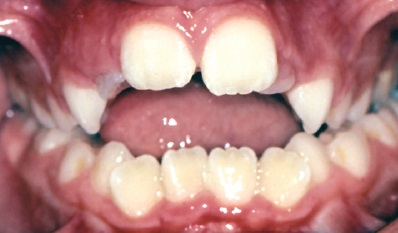
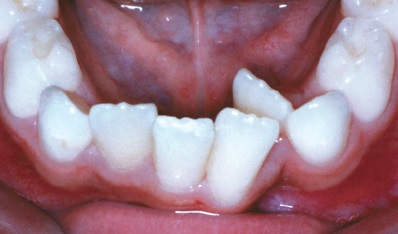
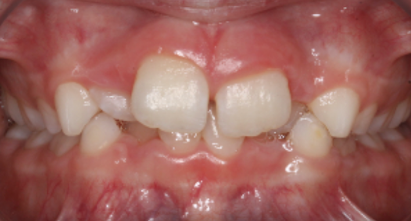
Here are some signs that may indicate your child needs braces:
Early or late loss of baby teeth
If your child loses their baby teeth too early or retains them longer than they should, it can affect the alignment of their permanent teeth.
Difficulty in chewing or biting
If your child has difficulty chewing or biting into food, it could be a sign that their teeth are misaligned or that there may be a problem with their bite.
Mouth breathing
Unless exercising, the majority of breathing should occur through the nose. Mouth breathing can be an indicator of orthodontic issues, as it may signify that your child’s jaws are not properly aligned.
Thumb or finger sucking
Prolonged thumb or finger sucking can cause the teeth and even the facial bone structure to become misaligned, which usually requires orthodontic treatment.
Speech difficulties
The position of the teeth can greatly affect the generation of certain speech sounds. Misaligned teeth can sometimes be the cause of speech problems, such as lisping or slurring.
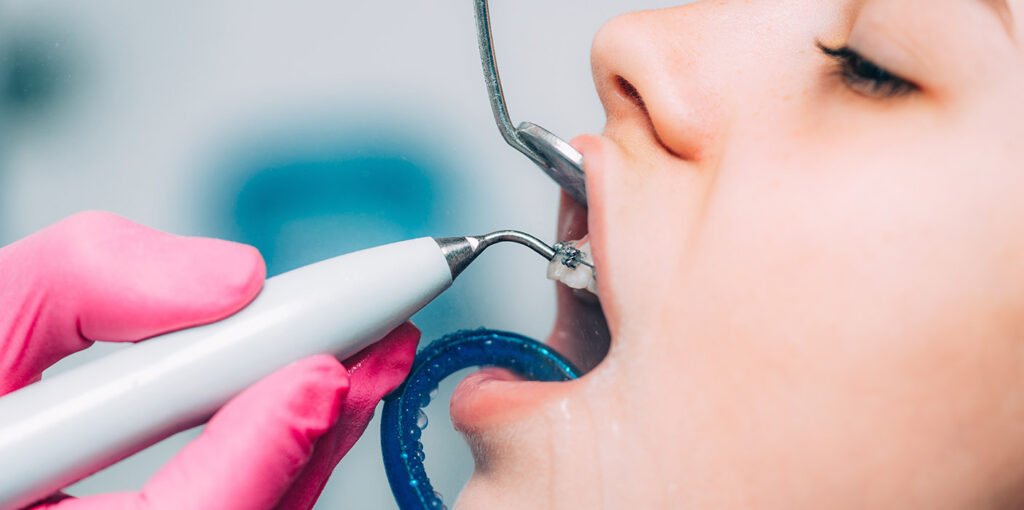
What to do if you suspect your child needs braces
If you notice any of the signs mentioned above, it’s important to schedule an appointment with our office for a consultation as quickly as possible. Our orthodontists will assess your child’s dental health and determine whether braces or other orthodontic treatment is necessary. They will also discuss the different types of braces available and help you decide the best course of action for your child.
The benefits of early intervention
In certain patients, early intervention with orthodontic treatment can lead to much better results, fewer compromises, and even shorter overall treatment times. By addressing dental issues early on, orthodontics can prevent more severe problems from developing and help your child achieve a healthier, more attractive smile.
Contact us today
Understanding the signs that your child may need braces is essential in ensuring they receive proper overall dental care. If you suspect your child may need braces, please call our office and make an appointment with either Dr. Wright or Dr. Feusier to determine the best course of action. Early intervention can lead to more effective treatment, more options, and a lifetime of healthy, confident smiles.
